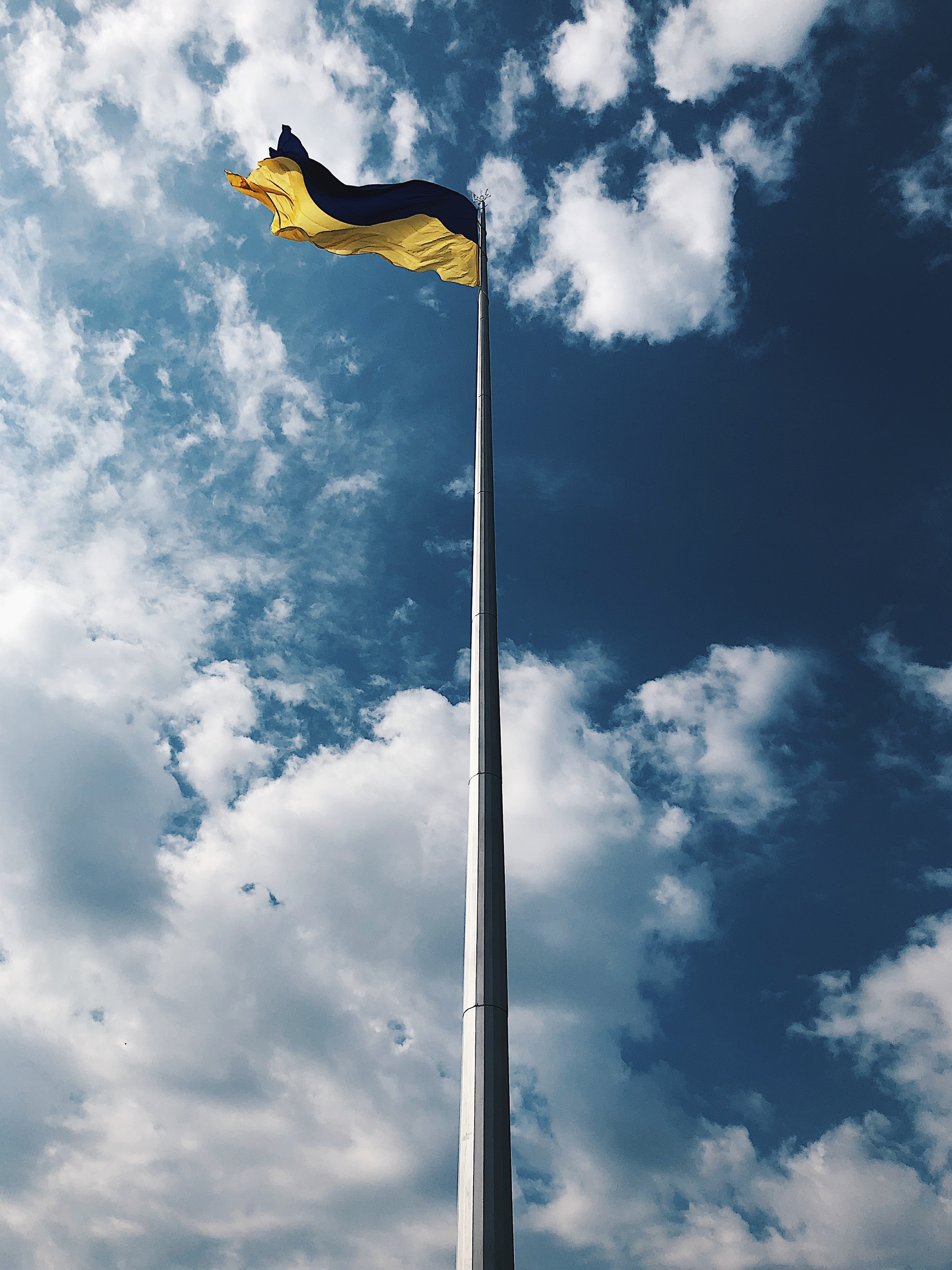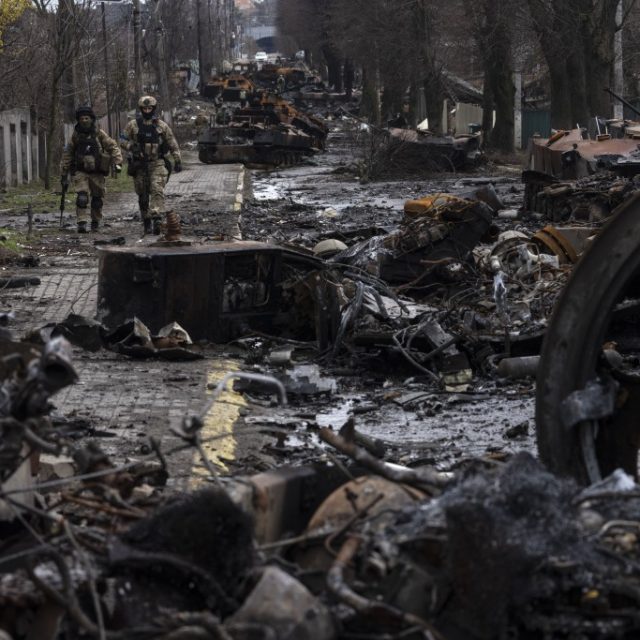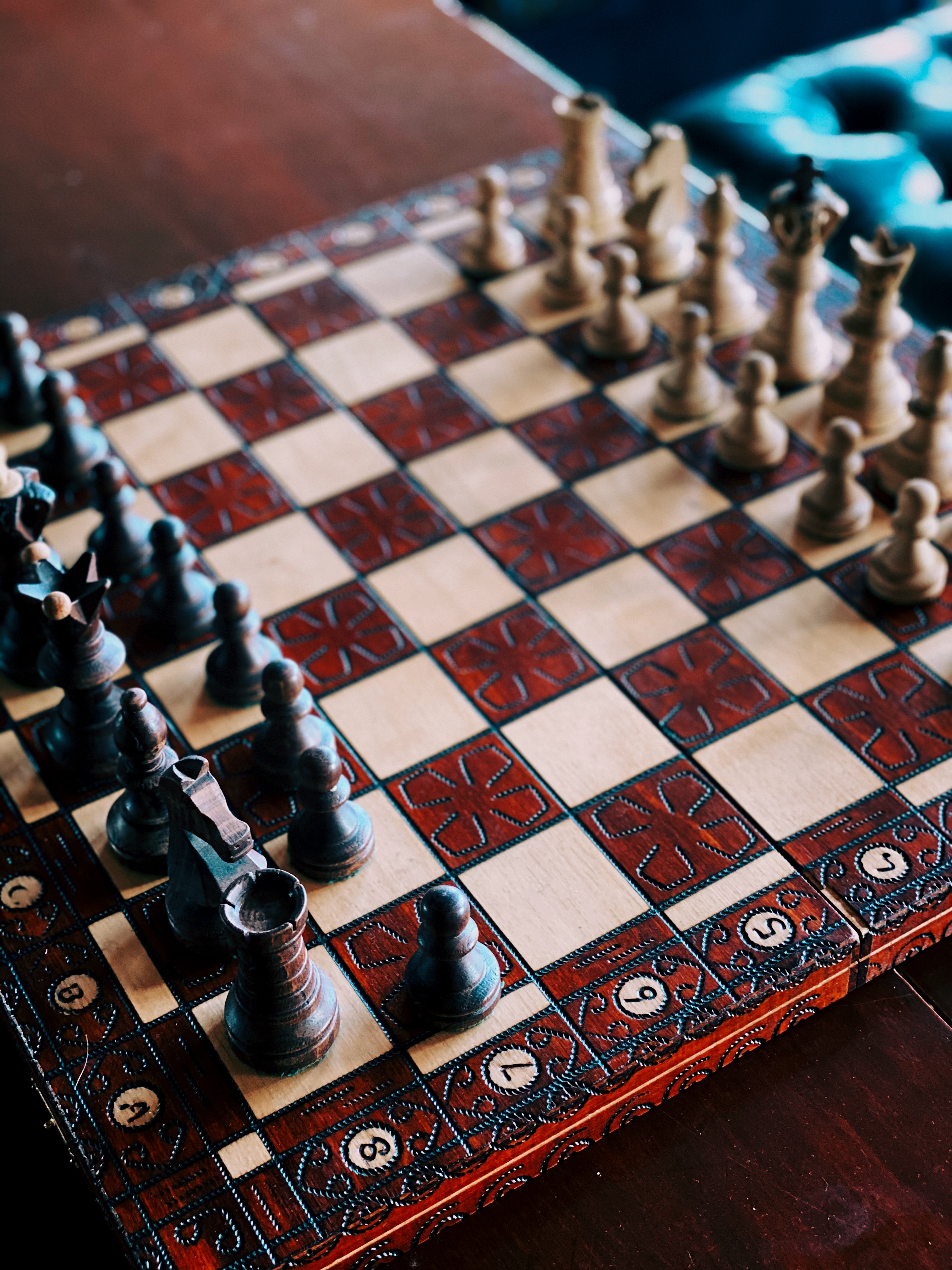Photo by Daria Volkova on Unsplash
Throughout modern history, the Russian Federation has carried out numerous armed conflicts on the territory of other states and republics: the two Chechen wars, the occupation of Transdnistria, the war in Abkhazia, the Russian-Georgian war, and the ongoing Russian-Ukrainian war. The war in Ukraine shows that the Russian authorities are trying to question the current borders of Europe. Vladimir Putin’s regime lives and feeds on conflict, war, and murder, it is now time to stop it.
As Ukraine is the largest country in Europe and located in the centre of Europe, the encroachment on its territorial integrity is a threatening precedent that could entail “creeping destabilisation”. If Russian troops are not stopped within Ukraine, Russian expansion will spread into Poland and the Baltic states, and encourage other dictatorial regimes to act. This could lead to world crisis and nuclear war.
To avoid such a scenario, it is necessary to realise that war in Europe is much closer than it seems. Assistance to Ukraine should be seen as assistance to the entire European Community. The Ukrainian army is a de facto NATO army, modern, mobile, and highly professional. Thousands of Ukrainian military personnel are trained abroad, in the UK, the US, and 24 other countries. Pentagon spokesman General Patrick Ryder said more than 11,000 Ukrainian military personnel are now being trained abroad, and more than 40 different training programs on more than 20 combat systems have been conducted since April 2022. Ukraine has the power to stop the aggressor if the entire civilised world helps the country to do so.
Ukraine wants peace and does not want war, but the end of Russian aggression must mean the return of all internationally recognised borders of Ukraine to Kyiv’s control in the framework of 1991, and not a lame “freezing” of the conflict. Only in this way will the entire civilised world demonstrate its unity and determination to defend itself against Moscow’s aggression in the future.




